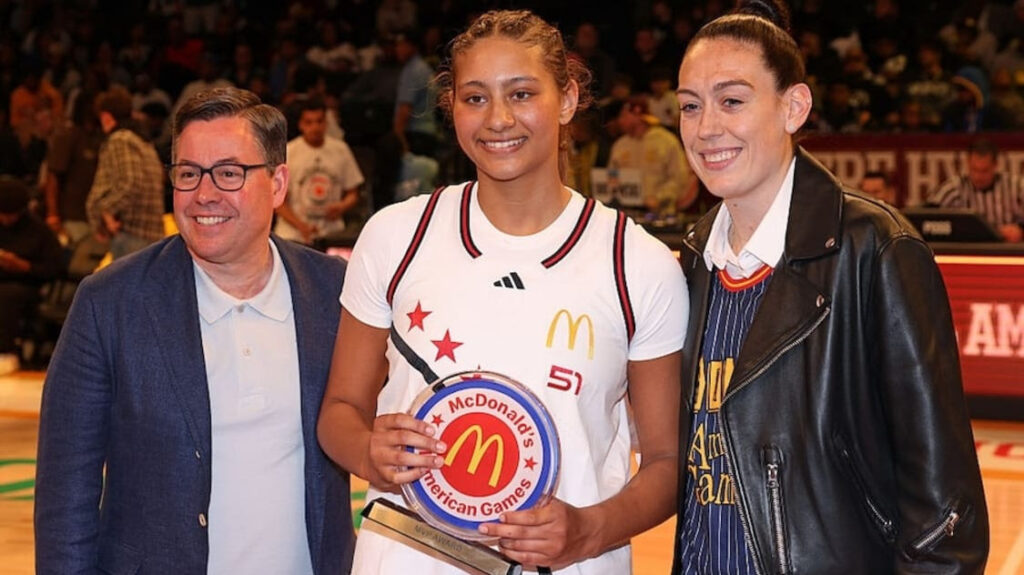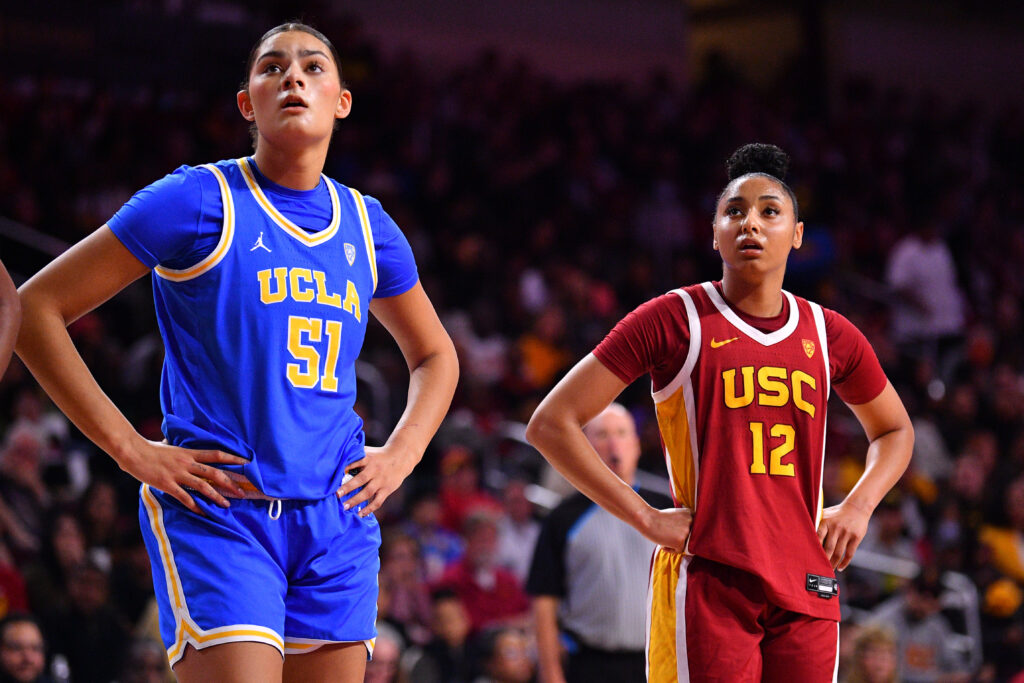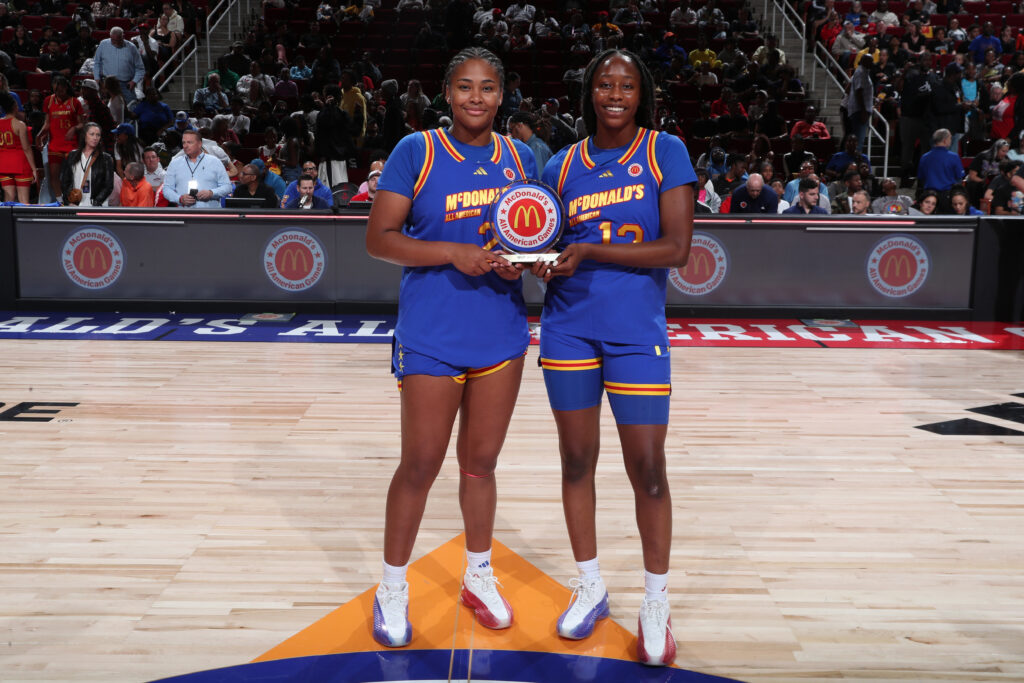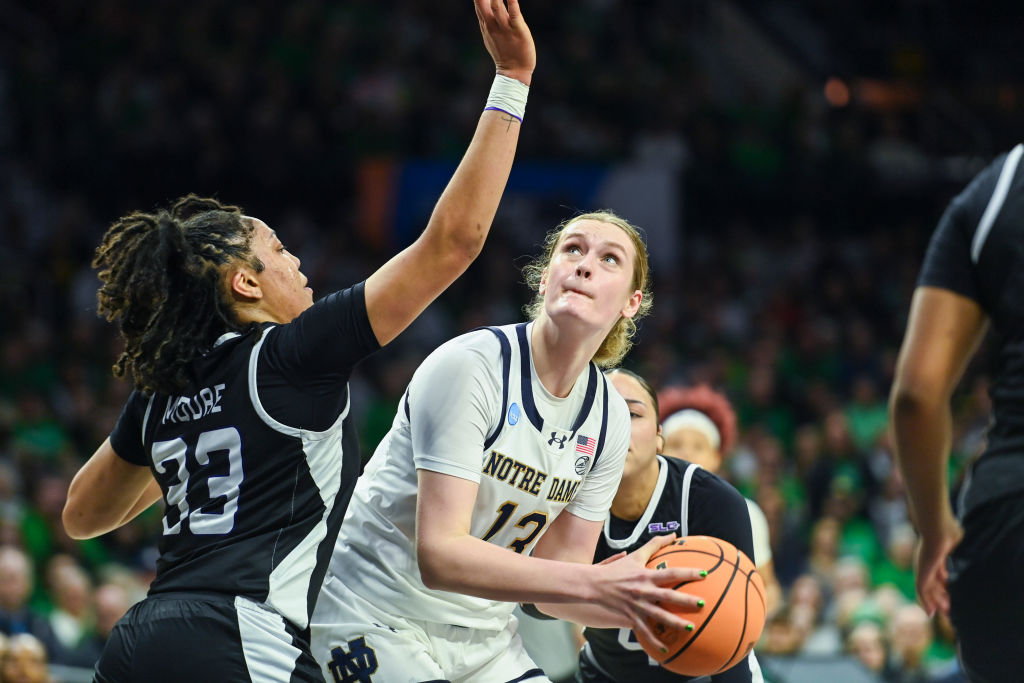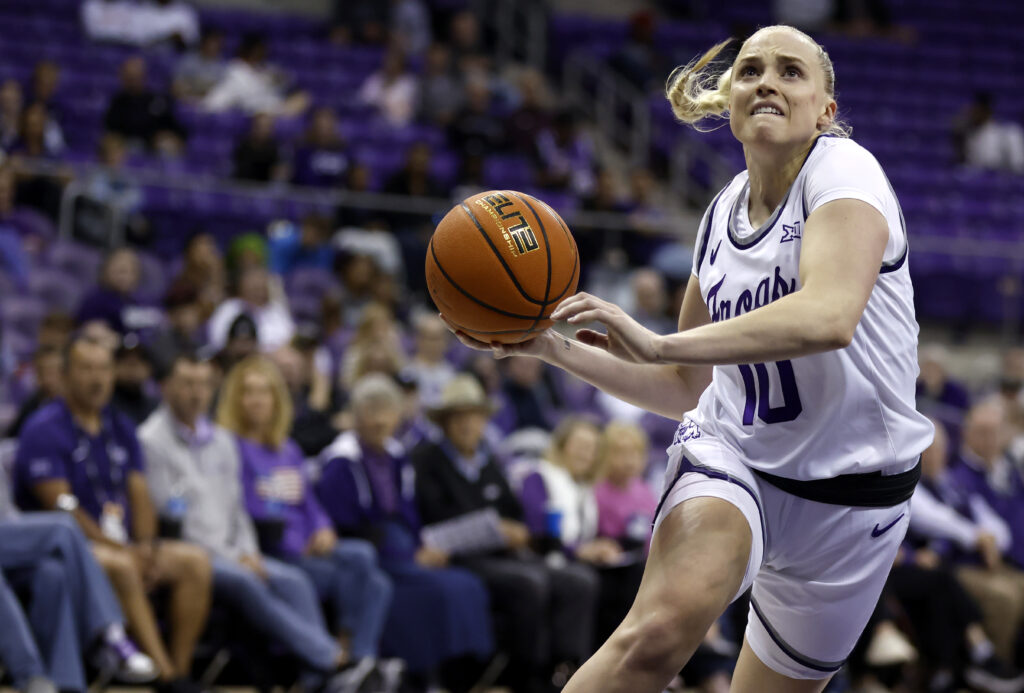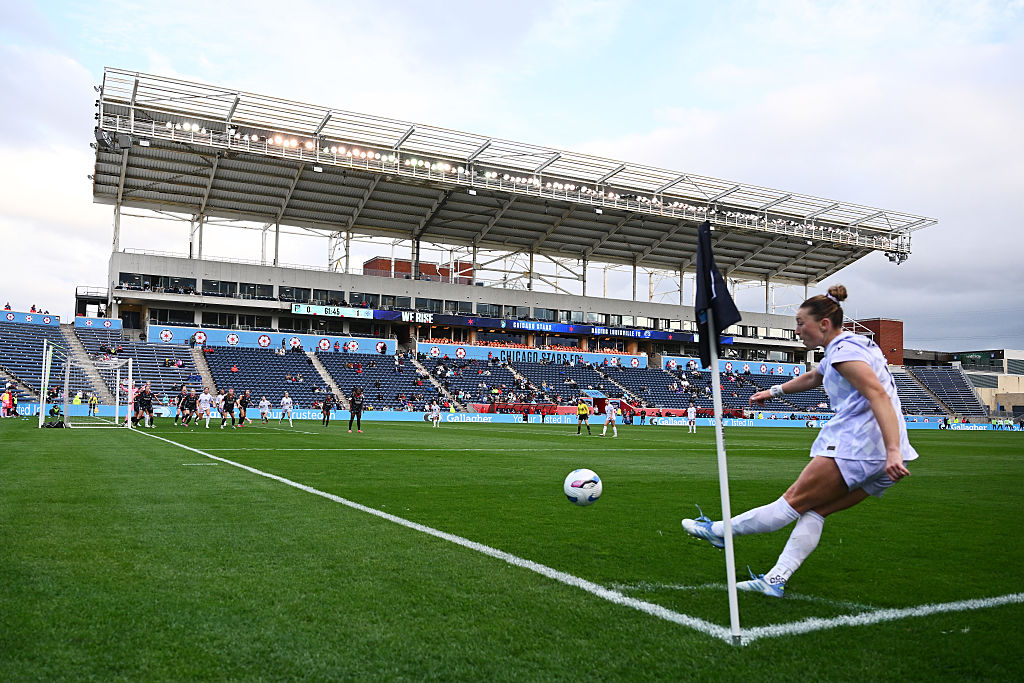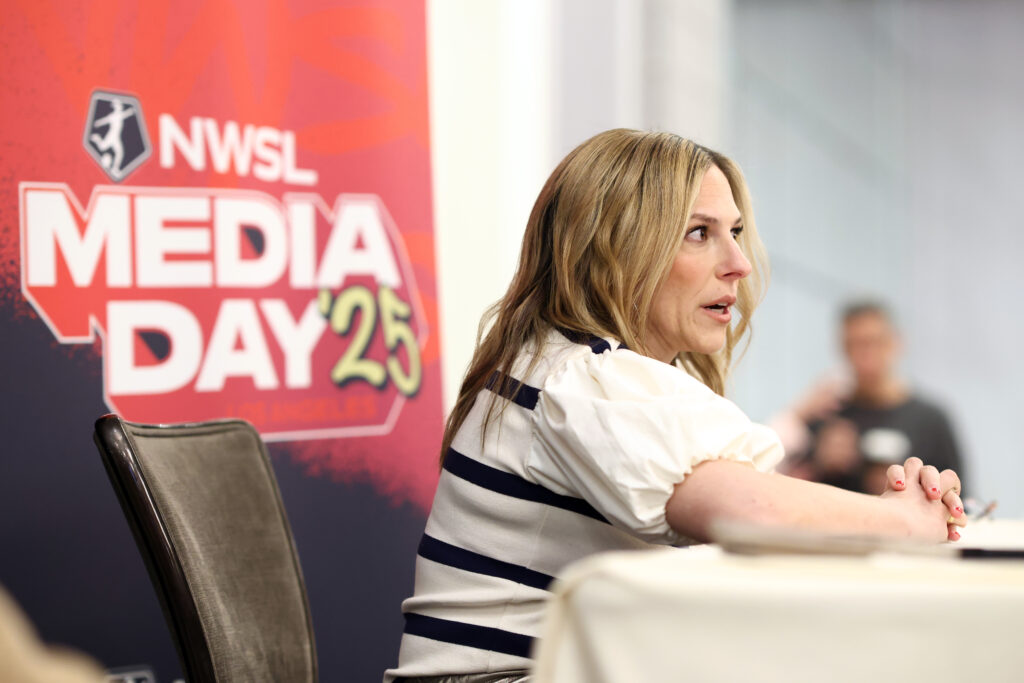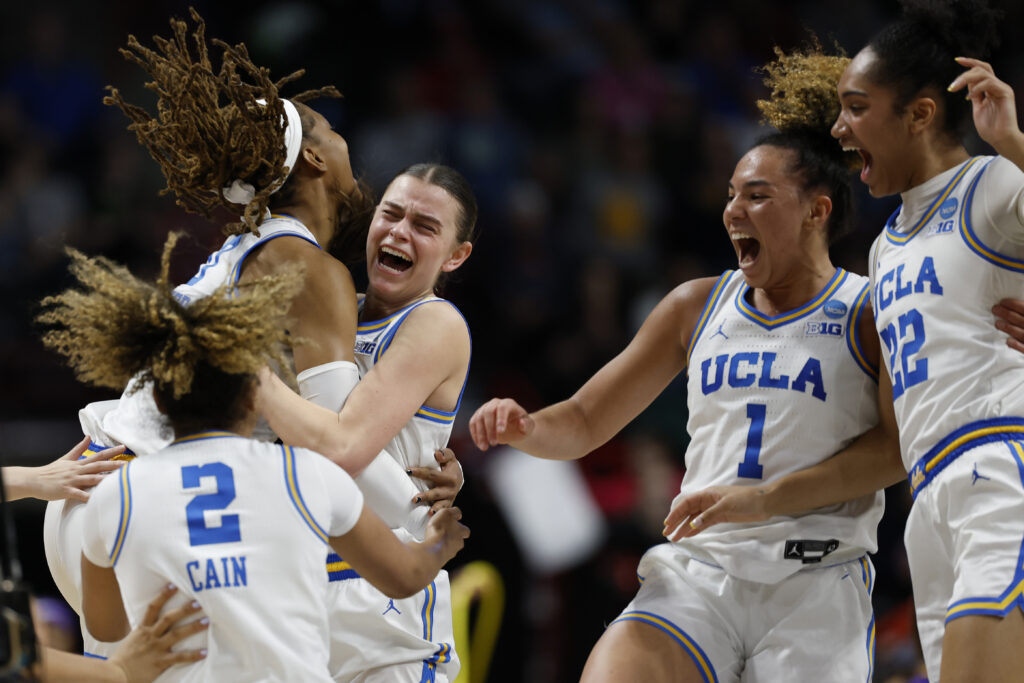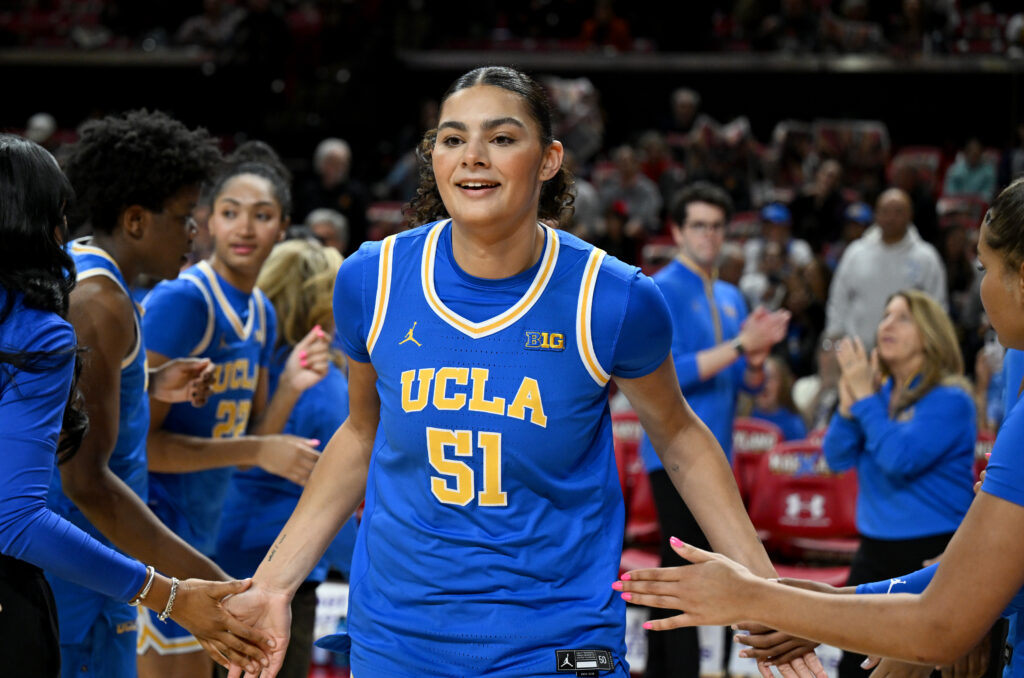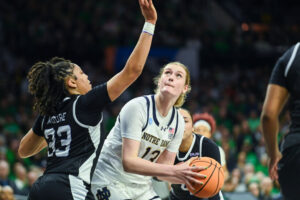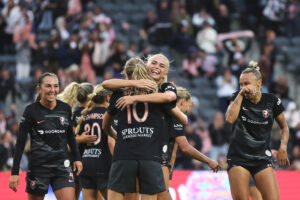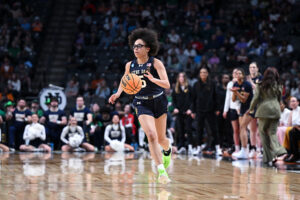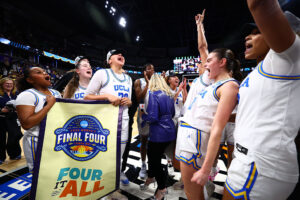The USWNT drew the Netherlands 1-1 on Thursday in the second group-stage match of their World Cup campaign, a result that sets the team up to advance to the knockout rounds and also serves as something of a disappointment in a rematch of the 2019 World Cup final.
The U.S. fell behind early and looked disjointed in the first half, needing a second-half equalizer from Lindsey Horan to salvage a point. The U.S. is still in a good position, leading Group E on goal differential, but they have work to do if they want to make a run to the World Cup final.
Here are three things that stood out from the USWNT’s comeback result.
Young USWNT has that storied grit
A frequent criticism of the new-look U.S. is that they don’t always show the never-say-die attitude of past generations. But if there’s an overarching theme to take away from Thursday’s draw, it’s that the U.S. might benefit from believing in themselves more.
The U.S. began the match on top, flying through passing and dribbling sequences in the Dutch penalty area with ease. But after the Netherlands’ first shot on goal — a low xG chance — ended in the back of the USWNT net, the team immediately seemed to lose confidence.
There are some natural explanations for the swing in momentum, but the team’s inability to turn the mental switch back on until the second half became overly physical is one to note for later rounds. The Netherlands’ first goal, as unlikely as it might have been, forced the U.S. into a mid-block that felt overly tentative.
Within that hesitation, the public saw newly-named captain Lindsey Horan work through the problem in real time. After taking a harsh challenge from club teammate Danielle van de Donk, Horan took over the game of her own volition for a brief moment, manifesting the equalizer with a towering header off a corner kick.
Horan’s success underscored the dichotomy of doubt in a young, inexperienced USWNT. They have the ability to turn a game on its head at any moment, but if they don’t believe in that possibility, they can also give the game back to their opponent.
LINDSEY HORAN SENDS THE ULTIMATE MESSAGE 🇺🇸
— FOX Soccer (@FOXSoccer) July 27, 2023
THE @USWNT HAS LEVELED IT 🤫 pic.twitter.com/IV7hnG4CyK
Andonovski: coach or general manager?
The USWNT’s inability at times to adjust to their opponent’s approach faced criticism long before the World Cup began, much of which rests with their manager. For many, Vlatko Andonovski plays the public-facing role of both general manager and coach, despite the former position actually being held by former U.S. national team player Kate Markgraf.
Andonovski answers for decisions when a roster is named, including the changes between the 2019 World Cup-winning team and the squad that has started the first two World Cup games in 2023. But he was also hired to be a tactical manager based on his success as a championship-winning coach in the NWSL, overseeing the X’s and O’s to set the U.S. talent pool up to compete with the rest of the world.
That tactical flexibility was missing at the Tokyo Olympics, with the team over-relying on rotation and individual talent to gut out a bronze-medal performance. In 2023, under circumstances far friendlier than the pandemic hanging over the last major tournament, the U.S. still doesn’t look like a team guided by someone prepared to adjust tactics in high-pressure situations.
Against the Netherlands, the U.S. struggled to exploit obvious gaps. The Dutch play with a narrow three-back defense, and the U.S. still could not target wide areas to isolate Sophia Smith and Trinity Rodman at angles that put them in good positions to take shots on goal. They similarly looked unprepared for numerical overloads in the midfield, despite extensive scouting that indicated the way the Netherlands wanted to progress the ball.
One of the requirements of the USWNT coaching job is the years-long process of determining a World Cup-ready starting XI, but it’s not the whole job. The U.S. still looks like a program unwilling to trust its players with a basic game plan, which places extra emphasis on coaching.

Where is Lynn Williams?
Beyond the USWNT’s 4-3-3 formation appearing somewhat naive in the face of the way the Netherlands packed numbers into the midfield, the U.S. looked rigid when they needed to make necessary adjustments.
Andonovski used only one substitute out of an available five on Wednesday, bringing on veteran attacking midfielder Rose Lavelle after halftime to take over set-piece delivery and aid in the midfield’s creativity. That substitute paid off, as Lavelle provided the service that ended in Horan’s equalizer.
Andonovski forwent any other changes intentionally.
“The players played well. We were around the goal the whole time, and I just didn’t want to disrupt the rhythm at that point,” he told the media after the match.
Gotham FC forward Lynn Williams, despite possessing the qualities a game against the Netherlands begs for, has yet to see the field. Other substitutions, like that of Alyssa Thompson or Megan Rapinoe, might have also been the difference between settling for the draw and going for the win.
An approach that prioritizes consistency over dynamic changes might make sense for a squad given enough time to become the best version of themselves, but elimination tournaments don’t quite work that way. The Netherlands’ first goal resulted from an uncharacteristic slip by Crystal Dunn, which was almost the deciding factor between a draw and a loss. It’s always smart to adjust the margins in the long run, but Andonovski looked indecisive when given a chance to trust his bench.
Claire Watkins is a Staff Writer at Just Women’s Sports. Follow her on Twitter @ScoutRipley.

